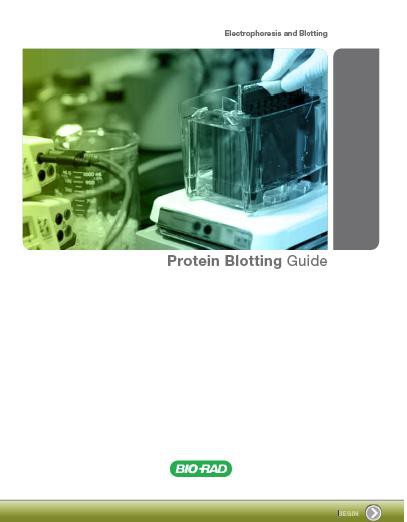Are you getting the most from your western blot data? Does Imaging technique matter? Film or Imager? In this video, we describe a methodology to obtain reliable quantitative data from chemiluminescent western blots using standardization procedures coupled with the updated reagents and detection methods. For the best resolution, watch the video in full screen at HD resolution.
Posts Tagged ‘imaging’
Video Tutorial: Quantitative Western Blotting
:: Posted by American Biotechnologist on 06-17-2013Chemiluminescence, Multiplex Fluorescence and Routine Gel Imaging All In One
:: Posted by American Biotechnologist on 11-13-2012Google earth for cell biologist
:: Posted by American Biotechnologist on 08-06-2012Just as users of Google Earth can zoom in from space to a view of their own backyard, researchers can now navigate biological tissues from a whole embryo down to its subcellular structures thanks to recent advances in electron microscopy and image processing, as described in The Journal of Cell Biology (JCB). An upgrade to the JCB DataViewer (http://jcb-dataviewer.rupress.org), JCB’s browser-based image presentation tool, now also makes these data publicly accessible for exploration and discovery.
Quantity One Imaging Software Video Tutorial
:: Posted by American Biotechnologist on 01-04-2012Learn how to use Quantity One Imaging Software from Bio-Rad Laboratories.
New technique for watching proteins in action in intact cells
:: Posted by American Biotechnologist on 11-01-2011Proteins are literally the movers and the shakers of the intracellular world. If DNA is the film director, then they are the actors. And much can be learned about cell function – and dysfunction – by watching proteins on the move.
Until now, scientists have only been able to see this process indirectly. Now researchers at Vanderbilt University in Nashville, Tenn., have come up with a promising new technique that uses a scanning transmission electron microscope (STEM) to view proteins tagged with gold nanoparticles in whole, intact cells.
Read the rest of this entry »
















